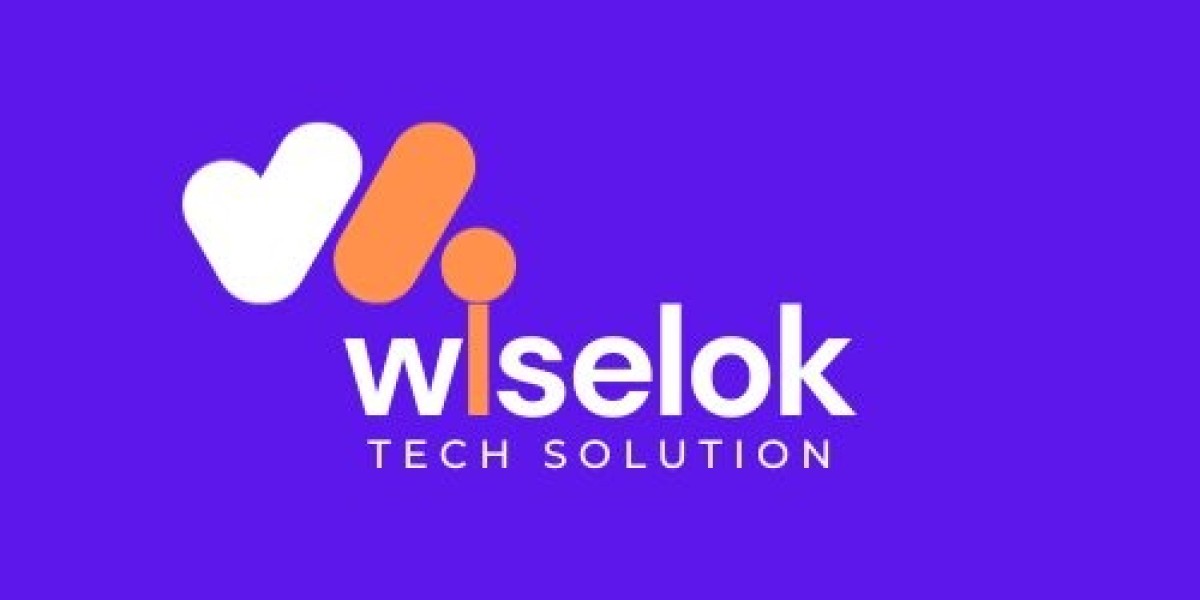In the ever-evolving landscape of retail, staying ahead requires embracing innovations that enhance efficiency, improve customer experiences, and drive profitability. One such innovation making waves in the industry is the advent of smart price labels and smart price tags. These technologically advanced tools are reshaping how retailers manage pricing, inventory, and customer engagement, ushering in a new era of streamlined operations and enhanced consumer interactions.
Enhancing Operational Efficiency
Smart price labels and tags represent a quantum leap forward from traditional paper-based systems. Gone are the days of manually updating prices or promotional information across numerous shelves and products. With smart price labels, retailers can update pricing and product details in real-time using centralized management systems. This not only eliminates the labor-intensive task of replacing paper tags but also ensures consistency and accuracy across all stores and platforms.
Moreover, these labels can be integrated with existing inventory management systems, enabling automatic updates of stock levels and alerts for replenishment. This seamless integration enhances inventory control, reduces stockouts, and optimizes ordering processes, thereby improving overall operational efficiency and reducing costs associated with manual inventory management.
Empowering Dynamic Pricing Strategies
One of the most compelling features of smart price labels and tags is their ability to support dynamic pricing strategies. Retailers can easily adjust prices based on factors such as demand, time of day, or competitor pricing with just a few clicks. This flexibility allows for agile responses to market trends and consumer behavior, maximizing profitability while remaining competitive.
Furthermore, smart tags can incorporate advanced analytics to provide insights into pricing trends and customer preferences. By analyzing sales data in real-time, retailers can make data-driven decisions to optimize pricing strategies and promotional campaigns, ensuring that each pricing adjustment is strategically aligned with business objectives and market conditions.
Improving Customer Engagement
Beyond operational efficiencies, smart price labels and tags enhance customer engagement by providing shoppers with enriched information and interactive experiences. These labels can display detailed product descriptions, nutritional information, customer reviews, and even personalized recommendations based on purchase history or preferences.
Moreover, smart tags equipped with NFC (Near Field Communication) or QR code capabilities enable customers to access additional information, promotions, or loyalty rewards directly from their smartphones. This seamless integration of digital and physical shopping experiences not only empowers customers with relevant information but also fosters deeper connections between retailers and consumers, leading to increased satisfaction and loyalty.
Embracing Sustainability
In an era increasingly focused on sustainability, smart price labels and tags offer significant environmental benefits compared to traditional paper-based systems. By eliminating the need for disposable paper tags and reducing the frequency of physical label replacements, retailers can minimize paper waste and lower their carbon footprint.
Furthermore, the longevity and durability of smart tags mean fewer materials are used over time, contributing to a more sustainable retail operation. This commitment to environmental responsibility not only aligns with consumer expectations but also positions retailers as responsible stewards of the environment, enhancing brand reputation and appeal among environmentally conscious shoppers.
Ensuring Data Security and Compliance
As with any technology-driven innovation, ensuring robust data security and compliance is paramount. Smart price labels and tags are designed with built-in security features to protect sensitive pricing information and customer data. Encryption protocols and secure communication channels safeguard data transmission, preventing unauthorized access or tampering.
Moreover, these systems comply with industry regulations and standards for data privacy, such as GDPR (General Data Protection Regulation) in Europe or CCPA (California Consumer Privacy Act) in the United States. By prioritizing data security and compliance, retailers can instill trust and confidence among customers, reinforcing their commitment to protecting personal information and maintaining ethical business practices.
Conclusion
Smart price labels and smart price tags represent a transformative evolution in retail technology, offering unparalleled opportunities to enhance operational efficiency, optimize pricing strategies, and elevate customer engagement. By embracing these innovative tools, retailers can streamline processes, improve profitability, and deliver exceptional shopping experiences that resonate with today's tech-savvy consumers. As the retail landscape continues to evolve, smart price labels and tags will undoubtedly remain at the forefront of innovation, driving growth and success in the competitive retail marketplace.








